Friday's Rock! - California Precious Opals
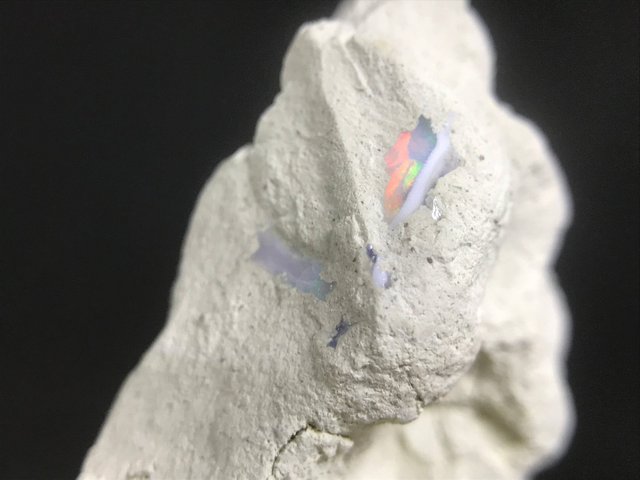
When people think of California they usually don't think of opal, unless you're a rockhound like me. The Mojave desert actually has several locations that produce common opal (opal without the play of fire) and precious opal. The latter is what I want to focus on for this post as I dig deeper into opals and their localities.
There are two known gem opal locations in Southern California, Red Rock Canyon State Park and Tecopa. Before it was Red Rock Canyon State Park there were two mining claims within the park boundaries, the Nowak Mine and the Barnett Opal Mine. Both localities produce/produced gem opal, however the State of California took over the claims in 2005 and made collecting there illegal. This leaves only one known gem opal collecting locality in the Mojave desert, Tecopa.
Tecopa, California lies on the South Eastern edge of Death Valley National Park, 52 miles north of Baker, CA. It is a very small town sitting on an ancient lakebed with natural hot springs that doubles as an overnight stop for travelers to Death Valley. The hot springs baths are some of the purest mineral waters in the world.
Tecopa Opals
The opals in Tecopa are not widely known to the outside world. They are precious opal in nodules from a volcanic ash layer known as the Huckleberry Ridge Tuff. The Huckleberry Ridge Tuff is a large ash layer created by a Yellowstone volcano super-eruption that occurred 2.1 million years ago. It is the largest known eruption by Yellowstone and covered much of the American Mid & South West. While digging around in the Mojave I've encountered many of these ash layers from past volcanic eruptions. They often contained fire agate, chalcedony or opal.
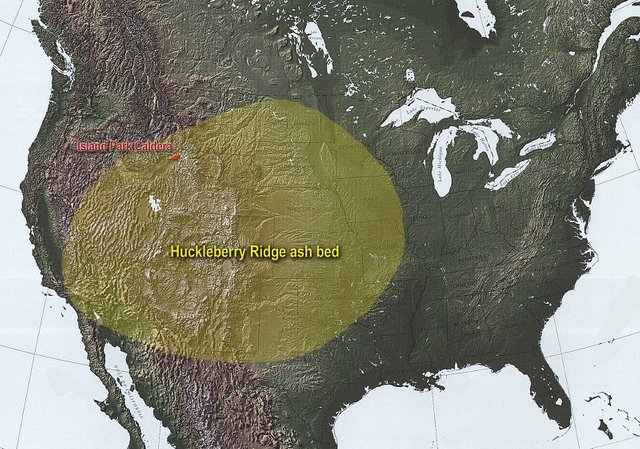
The Tecopa opals are unique and are a case study in opals. They are considered part of the Opal AG(Amorphous Gel), group which includes the world's finest Australian opals. What makes the Tecopa opals different is they formed in volcanic ash from groundwater which is uncommon for Opal AG. This happened by silica rich fluids at temperatures between 2 - 30 degrees celsius penetrating the volcanic ash around Lake Tecopa. As precipitation occurred, the left over product was precious opal. The host ash continued to harden over the millennia and left the opal veins and nodules cemented throughout the ash.
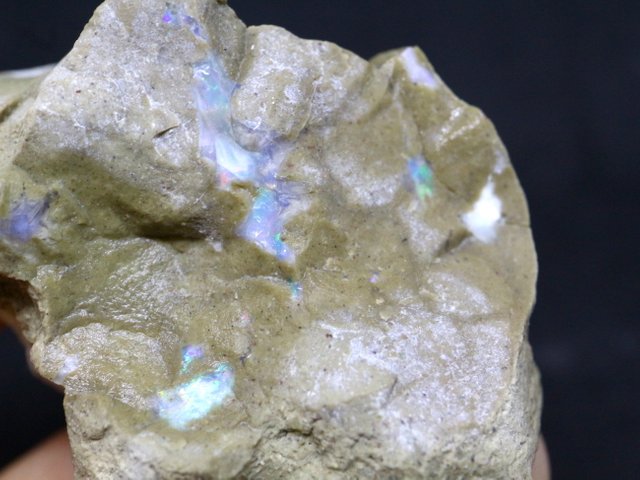
I have not seen the Tecopa opal used in jewelry yet. The ash matrix is soft and would need to be stabilized in order for it to be worked. This is not to say that someone hasn't done it, I just haven't see it yet.
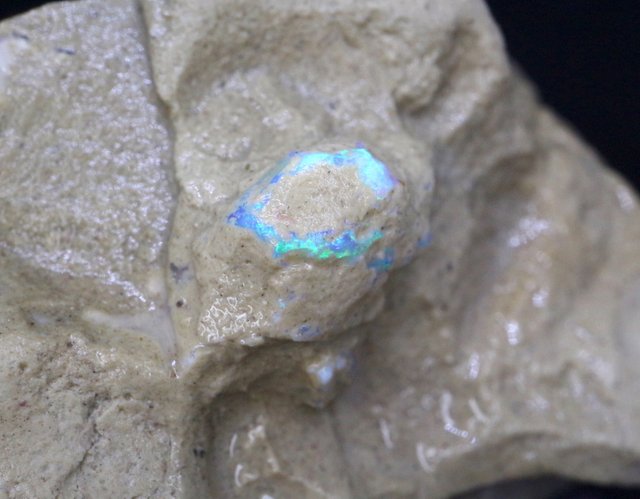
The few opals from Tecopa I have seen, besides my own, have been sold as rare specimens or were used in scientific papers. They are very hard to come by.
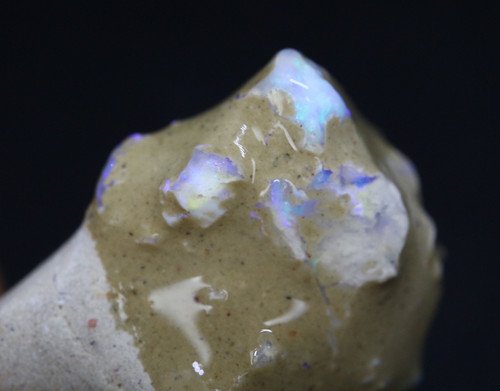
If you love rocks, gems and minerals check these tags & Steemians out!
#rockhound by @bitfiend
#bouldersunday by @shasta
#mineralmondays by @rt395
#fridaysrock by @nat-expressions
Thanks for reading!


- Follow me for stories on Japan, Gems & Minerals, Crypto, DnB, Cali & living life!
- Follow my wonderful wife for her adventures! @tokyowomanslife
US - https://www.etsy.com/shop/Rt395Minerals
Japan - https://www.rt395mineralsjp.com